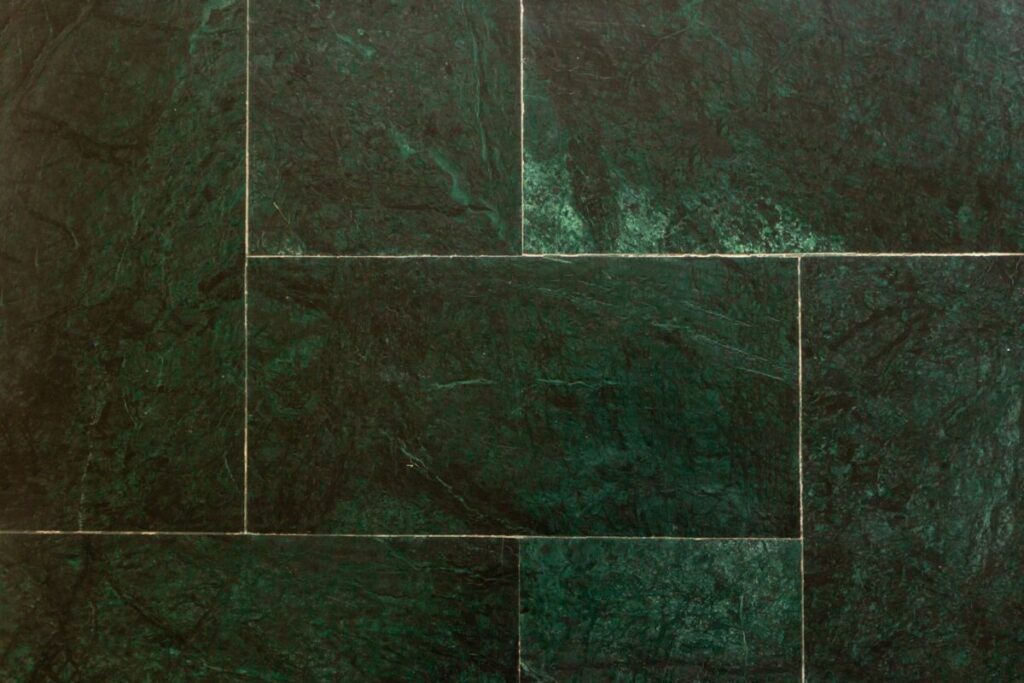A Comprehensive Guide to Choosing the Right Tile for Your Home
When it comes to flooring and wall surfaces, porcelain and ceramic tiles often steal the spotlight. They are versatile, and durable, and come in a variety of styles and colors. However, are they really as similar as they seem? In this guide, we’ll delve into the intricate world of porcelain and ceramic tiles, uncovering their hidden disparities and helping you make an informed choice for your home.
Understanding the Basics: What Are Porcelain and Ceramic Tiles?
Ceramics at a Glance
Ceramic tile is a timeless classic, made from coarser clay with a smaller ratio of fine kaolin clay. It’s fired at lower temperatures, making it a popular choice for indoor flooring and walls.
The Intricacies of Porcelain Tiles
Porcelain, on the other hand, is in a league of its own. It boasts a water absorption rate of 0.5 percent or lower, thanks to a special kaolin clay mixture and firing temperatures that can reach a scorching 2,500 degrees Fahrenheit. This results in a dense, fine-grained tile that repels water with ease.
The Showdown: Major Differences
Water Absorption
Porcelain: 0.5 percent or less
Ceramic: More than 0.5 percent
Cost Comparison
Porcelain: $33 to $65 per square foot
Ceramic: $.50 to $35 per square foot
Appearance Matters
Porcelain offers a wider range of colors, patterns, and surface finishes compared to ceramic, making it the go-to choice for those who crave variety.
Water and Heat Resistance: Choosing Wisely
Porcelain’s Superiority
Porcelain’s density and low water absorption rate make it an ideal candidate for outdoor applications in mild climates. It also excels in heat resistance, making it perfect for countertops.
Ceramic’s Capabilities
While ceramic holds its ground, it’s more susceptible to moisture infiltration. Nonetheless, as long as the surface is glazed, it offers good resistance to water and boasts excellent heat resistance.
Care and Maintenance: The Lowdown
Porcelain’s Easy Upkeep
Cleaning porcelain tiles is a breeze—just damp-mop with a mild water-soap solution. Periodic sealing of grout joints is necessary to ward off stains and mildew.
Ceramic’s Comparable Needs
Ceramic tile requires the same care regimen as porcelain—regular damp-mopping and grout sealing. It’s a tie in this category.
Durability and Maintenance: Who Takes the Crown?
Porcelain’s Strength
Porcelain’s density and through-body composition make it harder, more durable, and less prone to visible damage. It’s a solid choice for heavy usage areas.
Ceramic’s Resilience
While ceramic may not match porcelain’s hardness, it can still last for decades with proper care. It’s a viable option if you’re mindful of your budget.
Installation: DIY or Professional Help?
Porcelain’s Precision
Porcelain can be a bit more brittle, often requiring a professional tile-setter and a wet tile saw for cutting. It’s the go-to for those seeking a polished finish.
Ceramic’s Accessibility
Ceramic, being softer and easier to cut, is more DIY-friendly. A wet tile saw or snap tile cutter should suffice for most homeowners.
Cost Considerations: Making Every Penny Count
Porcelain’s Pricier Path
Porcelain tiles are generally more expensive to manufacture, translating into higher retail prices. Prices start at $33 per square foot and can go up to $65.
Ceramic’s Affordable Appeal
Ceramic tile, with its lower manufacturing costs, offers budget-conscious consumers a range of options. Prices can range from $.50 to $35 per square foot.
Lifespan: A Long-Lasting Legacy
Porcelain’s Promise
Porcelain’s durability ensures that it ages gracefully. While it may be more susceptible to cracking in shifting structures, its lifespan is impressive.
Ceramic’s Longevity
With proper maintenance and grout sealing, ceramic tiles can last anywhere from 75 to 100 years. They tend to resist cracking due to structural shifts better than porcelain.
The Verdict: A Matter of Taste
In the showdown between porcelain and ceramic, there’s no clear winner. Both serve admirably as flooring, wall covering, or countertop surfaces. Your choice should ultimately hinge on your visual preference, as well as the specific needs of your space.
Top Brands to Consider
Looking for quality tiles? Check out these reputable brands:
- Marrazzi: Offers a wide range of Italian-made tiles.
- Daltile: Known for its upper-end ceramic and porcelain tile selection.
- AmericanTile: Offers diverse options, from tiny mosaics to expansive floor tiles.
- American Olean: Known for its range of ceramic and porcelain tiles.
- Shaw and Armstrong: Giant flooring corporations with porcelain and ceramic tile offerings.
How to Tell If It’s True Porcelain
Defining porcelain can be tricky, but look for the PTCA Certification Mark, which guarantees water absorption standards. Be cautious, as some falsely labeled tiles absorb more water than they should.
Frequently Asked Questions
1. Is porcelain or ceramic tile better for bathrooms?
- In general, porcelain is the superior choice due to its water resistance. However, glazed ceramic can work well in powder rooms with minimal water exposure.
2. Do porcelain tiles chip easily?
- Properly installed porcelain tiles are dense and resistant to chipping. But they may crack if structural shifts occur.
3. Which is better for kitchen floors: ceramic or porcelain?
- Porcelain is recommended for kitchens due to its durability and ease of maintenance.
4. Can you use porcelain tiles outdoors?
- Porcelain’s low water absorption rate makes it suitable for outdoor use in mild climates, whereas ceramic is generally not recommended for outdoor applications.
5. How can I distinguish genuine porcelain tiles from imitations?
- Look for the PTCA Certification Mark on the tile box, and cross-reference it with the PTCA’s database of certified tile makers to ensure authenticity.
In conclusion, the choice between porcelain and ceramic tiles boils down to your aesthetic preferences and the specific requirements of your space. Both offer unique advantages, and with proper care, either can be a fantastic addition to your home. So, pick the one that suits your style and enjoy your beautiful new tile surfaces!

